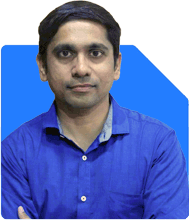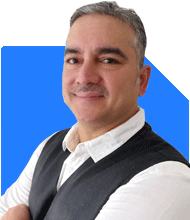
i am a 65 year old person at present working in a company as advisor with Rs.2,00,000/-month remuneration.My son is studying 1st year B.Tech.My wife is a home maker.I am having 2 apartments on my name worth approx.2 crores.MY wife is a single child to my in laws and i stay in my mother in law's house as my wife has to take care of her. I am having a plot which costs about 75 lakhs rupees.I am having PPF amount Rs,25 lakhs in my account and still account is not closed.I may be having a cash of Rs.20 lakhs approx.in various forms.I am havinga stocks porfolio worth Rs30 lakhs.I am giving you my MF sips in various forms.The MFs amount is to the tune of Rs.80 lakhs.
Fund Name Category SIP Amount % of Portfolio
Motilal Oswal Large Cap Fund Large Cap ₹15,000 10.3%
Nippon India Large Cap Fund Large Cap ₹13,000 8.9%
Total Large Cap ₹28,000 19.2%
HDFC Midcap Fund Mid Cap ₹7,500 5.1%
Edelweiss Mid Cap Fund Mid Cap ₹31,000 21.2%
Total Mid Cap ₹38,500 26.3%
SBI Small Cap Fund Small Cap ₹3,500 2.4%
Nippon India Small Cap Fund Small Cap ₹2,000 1.4%
Total Small Cap ₹5,500 3.8%
Parag Parikh Flexicap Fund Flexi Cap ₹38,500 26.3%
HDFC Focused Fund Focused ₹7,000 4.8%
Mirae Asset Large & Midcap Fund Large & Mid Cap ₹2,500 1.7%
Total Diversified Equity ₹48,000 32.8%
Canara Robeco Multi Asset Multi Asset ₹1,500 1.0%
HDFC Balanced Advantage Fund BAF ₹10,000 6.8%
Total Hybrid / Debt-Oriented ₹11,500 7.9%
Tata Nifty Capital Markets Index Sectoral (Financial Services) ₹2,000 1.4%
Nippon India Banking & Financial Services Sectoral (Financial Services) ₹1,500 1.0%
Total Sectoral ₹3,500 2.4%
Total SIP amount is approx.Rs.1.5 lakhs / month . I am having monthly sips for SBI small cap,nippon india small cap, dsp small cap rs.5000/-each in addition to above SIPs.My total MFs amount is approx.rs.75 lakhs. Though i am not sure how many months my assignment continue, immediately there is no threat.at present my health only is the criteria to continue and i may continue for maximum of one year.MY wife also may be having cash in various forms to the tune of Rs.50 lakhs. This is my financial status. Kindly guide me for a better and remunerative planning.Best Regards.
Ans: Hi Nadakuduru,
Your overall assets are good but need some proper realignment wrt you what all you mentioned. Let us have a detailed look:
- Considering that you will work for a year or so, you need to have proper alignment of your current assets in liquid form.
- Close your PPF account upon maturity and park it in debt MFs.
- Direct stock investment is way too risky. Shift that amount in equity mutual funds to fund you when you stop working.
- Make a FD of 20 lakhs cash that you have for your emergency requirement.
- Your current SIPs are highly overdiversified and overlapped. A portfolio like this never gives a good return. Hence work with a professional to get a good portfolio.
A DIY portfolio like yours can break your overall investments. Do not do any large investments like these without proper guidance.
- Hence stop current SIPS and take professional's help.
Do consult a professional Certified Financial Planner - a CFP who can guide you with exact funds to invest in keeping in mind your age, requirements, financial goals and risk profile. A CFP periodically reviews your portfolio and suggest any amendments to be made, if required.
Let me know if you need more help.
Best Regards,
Reetika Sharma, Certified Financial Planner
https://www.instagram.com/cfpreetika/




























